Jaguar I-Pace sets the marque on track for an all-electric future
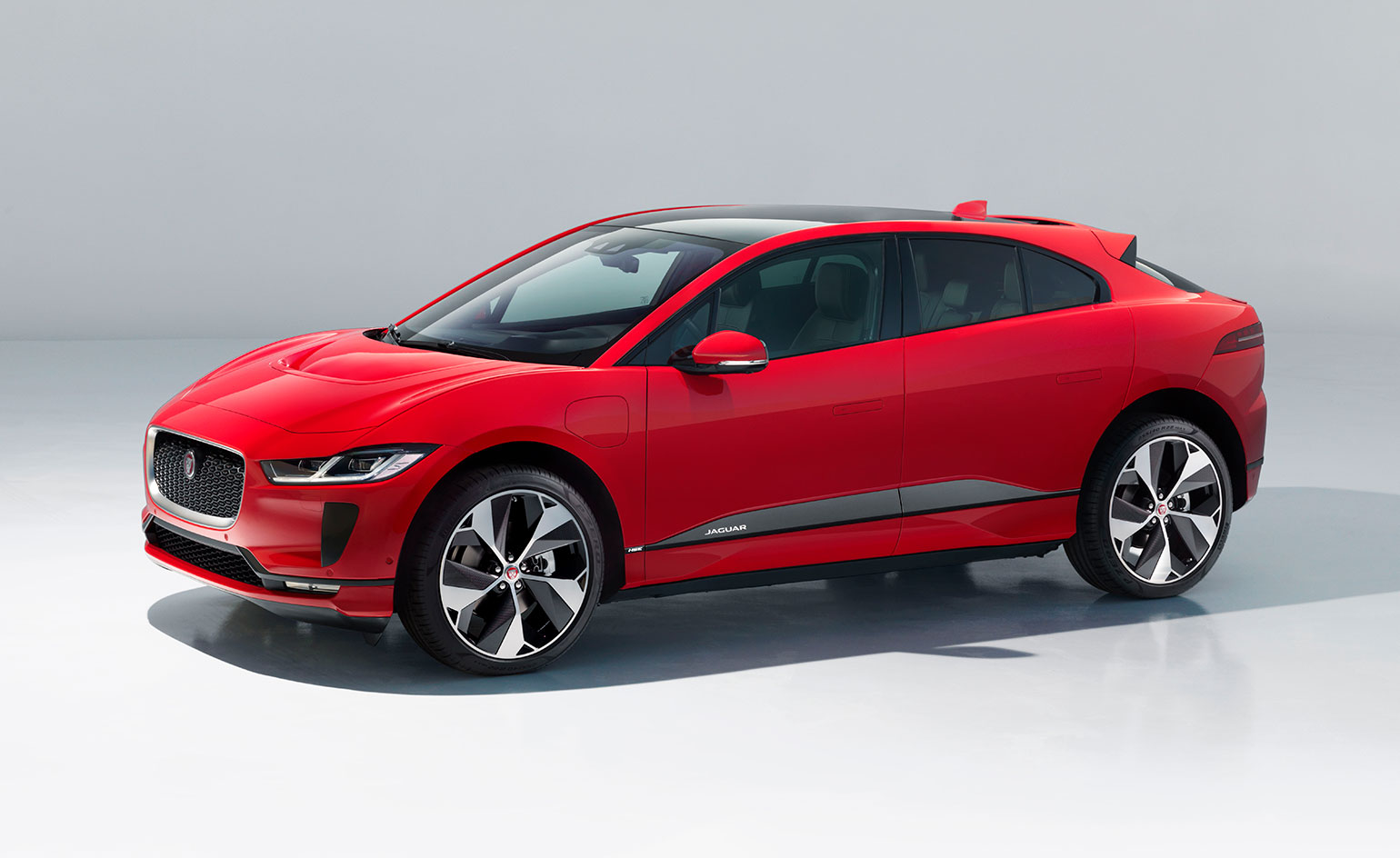
The Jaguar I-Pace is a big car in every sense. As the first premium full-electric vehicle from a European manufacturer, beating Audi and Mercedes to market by several months, it is the self-appointed standard-bearer for this important next generation of automotive technology. For Jaguar itself, the model represents a radical departure for a manufacturer way too in love with its own image and comfort zone.
The I-Pace is also a physically hefty machine, its scale neatly disguised by elegant and appropriately futuristic styling. The company's design department, under former design chief Ian Callum, has done well to bring just the right dose of traditional values to this all-new genre, maintaining a sense of elegance and grace that isn’t always obvious in its current crop of conventional cars. It also drives with exceptional verve, deploying the best bits about an electric powertrain (smooth, instant acceleration and near silent progress) and cleverly cloaking its downsides, namely the weight of the battery pack.

As with all with electric cars, that weights sits low, so it’s down to chassis engineers to mask its impact with clever suspension that can insulate the passengers from bumps and thumps and still feel lithe and responsive in the corners. To Jaguar’s credit, the I-Pace is easily the most accomplished driver-focused EV to date, although the imminent arrival of the Porsche Taycan will no doubt shake things up.
Jaguar has bravely done away with the accumulated cruft of the brand’s weighty heritage and still to squeeze a distinctly Jaguar ‘look’ into a very un-Jaguar crossover-style body shape. Jaguar occasionally feels straitjacketed by its past, forever glancing over its shoulder at the veritable gallery of icons that it produced in the latter half of the 20th-century. Unlike, say, Porsche, the company has never completely capitalised on an evolutionary approach to design, instead see-sawing back and forth between clean breaks from the past and heavy-handed homages.
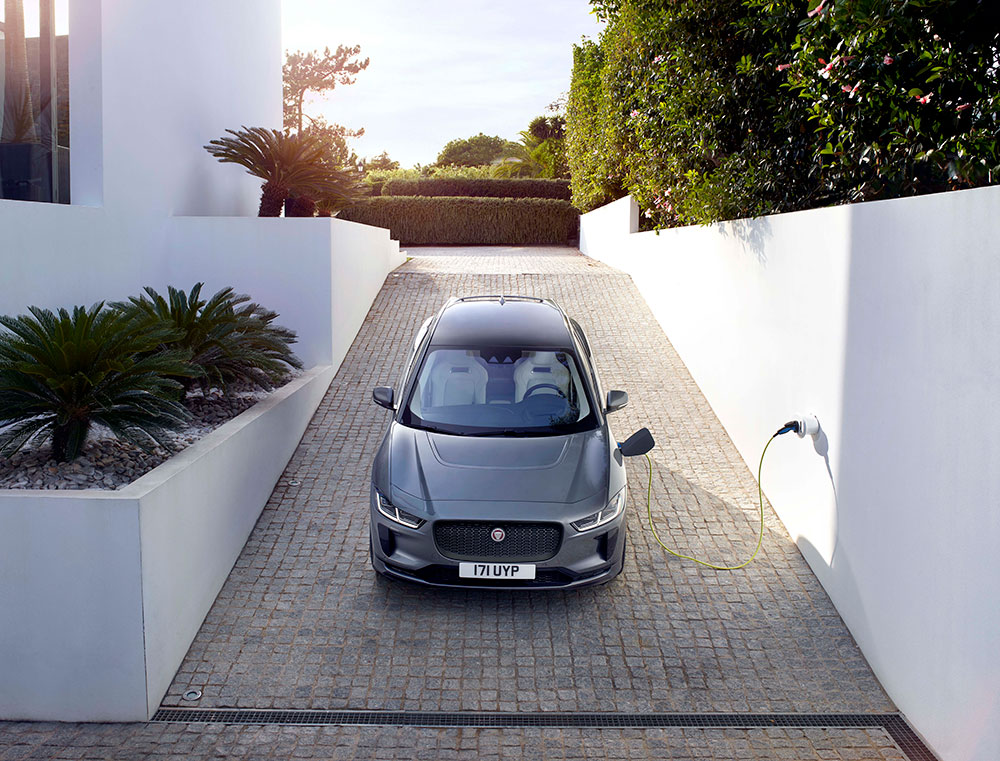
The I-Pace is none of these things, save for the mandated Jaguar grille, hardly a requirement on a pure electric car but now evolved into a visual shorthand for the best bits of the past, complete with feline headlights. In terms of proportion, as we've already noted, this is a very different beast. The four-square, crossover form makes enormous sense for electric vehicles and although the test car came with nearly £11,000 worth of largely cosmetic options, the base model is still an accomplished piece of design and packaging, with a flaring belt line that kicks up to convey a tapering passenger cell.
Inside, a full-length glass sunroof creates a light, airy interior, while the touch screens and dials are nicely balanced and intuitively arranged. In the long term, EVs threaten to do away with traditional car styles – saloons, estates and SUVs – in favour of more mono-box forms. The I-Pace might have broken one company's mould, but it also points the way to the shape of future competitors.

INFORMATION
Jaguar I-Pace HSE, from £74,445. jaguar.com
Receive our daily digest of inspiration, escapism and design stories from around the world direct to your inbox.
Jonathan Bell has written for Wallpaper* magazine since 1999, covering everything from architecture and transport design to books, tech and graphic design. He is now the magazine’s Transport and Technology Editor. Jonathan has written and edited 15 books, including Concept Car Design, 21st Century House, and The New Modern House. He is also the host of Wallpaper’s first podcast.
-
 Volvo’s quest for safety has resulted in this new, ultra-legible in-car typeface, Volvo Centum
Volvo’s quest for safety has resulted in this new, ultra-legible in-car typeface, Volvo CentumDalton Maag designs a new sans serif typeface for the Swedish carmaker, Volvo Centum, building on the brand’s strong safety ethos
-
 We asked six creative leaders to tell us their design predictions for the year ahead
We asked six creative leaders to tell us their design predictions for the year aheadWhat will be the trends shaping the design world in 2026? Six creative leaders share their creative predictions for next year, alongside some wise advice: be present, connect, embrace AI
-
 10 watch and jewellery moments that dazzled us in 2025
10 watch and jewellery moments that dazzled us in 2025From unexpected watch collaborations to eclectic materials and offbeat designs, here are the watch and jewellery moments we enjoyed this year
-
 Rivian hits Miami Art Week to release R1S Quad Miami Edition, a new colour and a scent
Rivian hits Miami Art Week to release R1S Quad Miami Edition, a new colour and a scentVivid sights and evocative smells are part of Rivian’s quest to humanise its all-electric SUVs
-
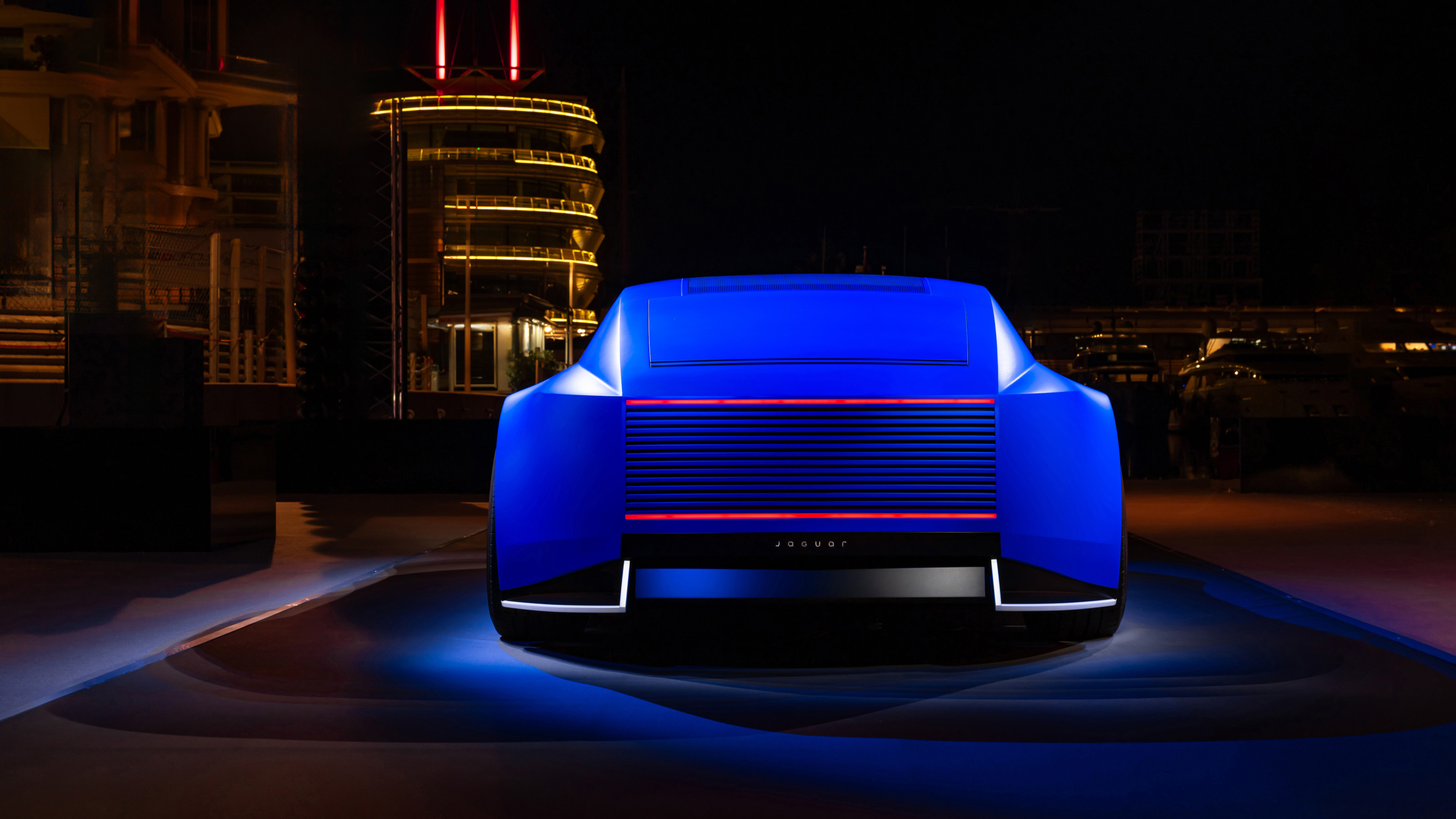 JLR is a mainstay of modern motoring luxury, but do car brands need creative figureheads?
JLR is a mainstay of modern motoring luxury, but do car brands need creative figureheads?With Gerry McGovern reportedly departing from Jaguar Land Rover, what next for the Indian-owned, British-built house of brands?
-
 RBW EV brings a much-loved classic sports car aesthetic into the modern era
RBW EV brings a much-loved classic sports car aesthetic into the modern eraThe RBW Roadster and GT hark back to a golden age of sports car design. Under the skin, these British-built machines feature bespoke all-electric running gear
-
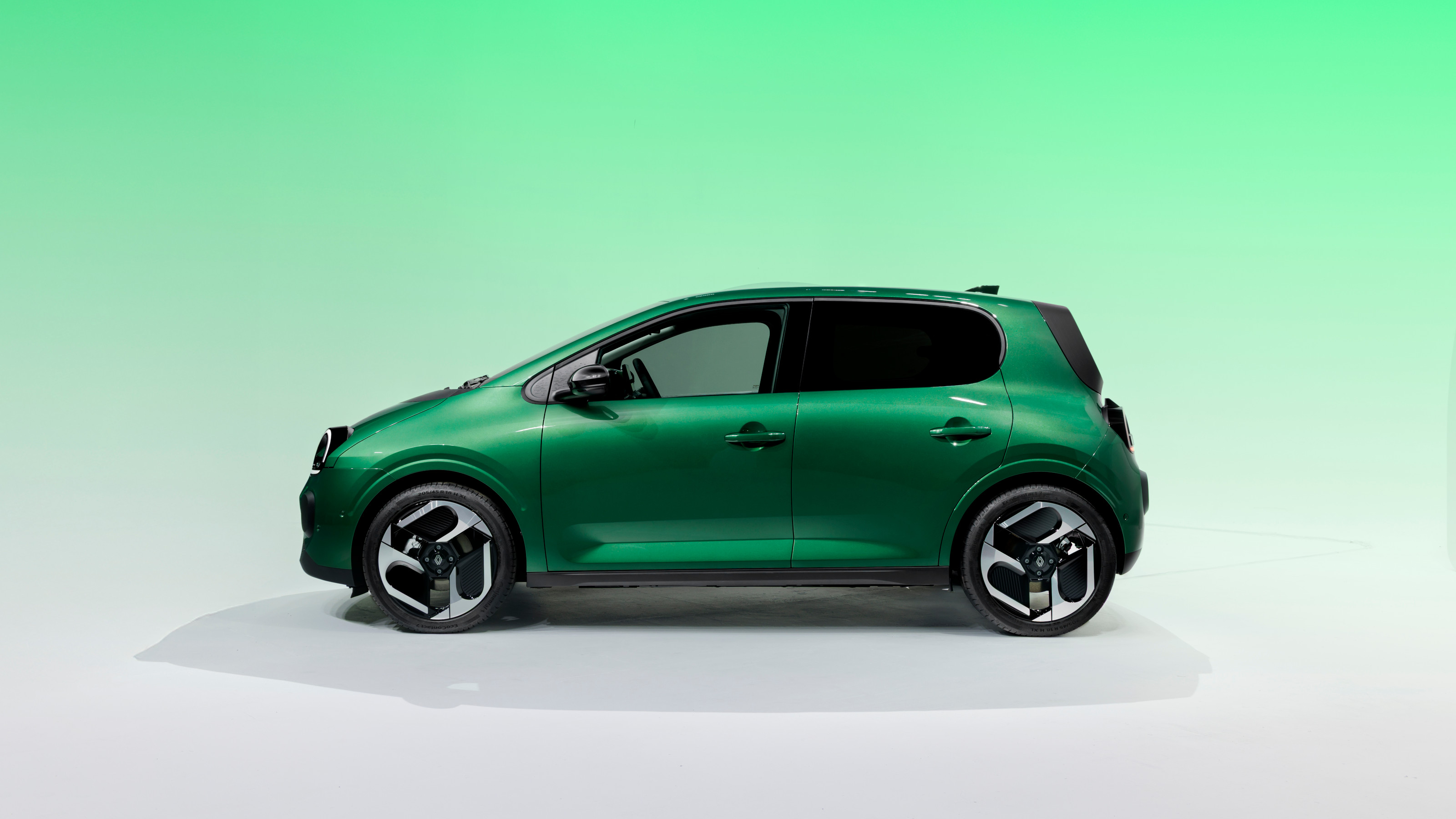 All hail the compact new Renault Twingo E-Tech – the city car is back in style
All hail the compact new Renault Twingo E-Tech – the city car is back in styleRenault continues to pay homage to its heritage by combining it with 21st-century technology. The new Twingo E-Tech is another winner
-
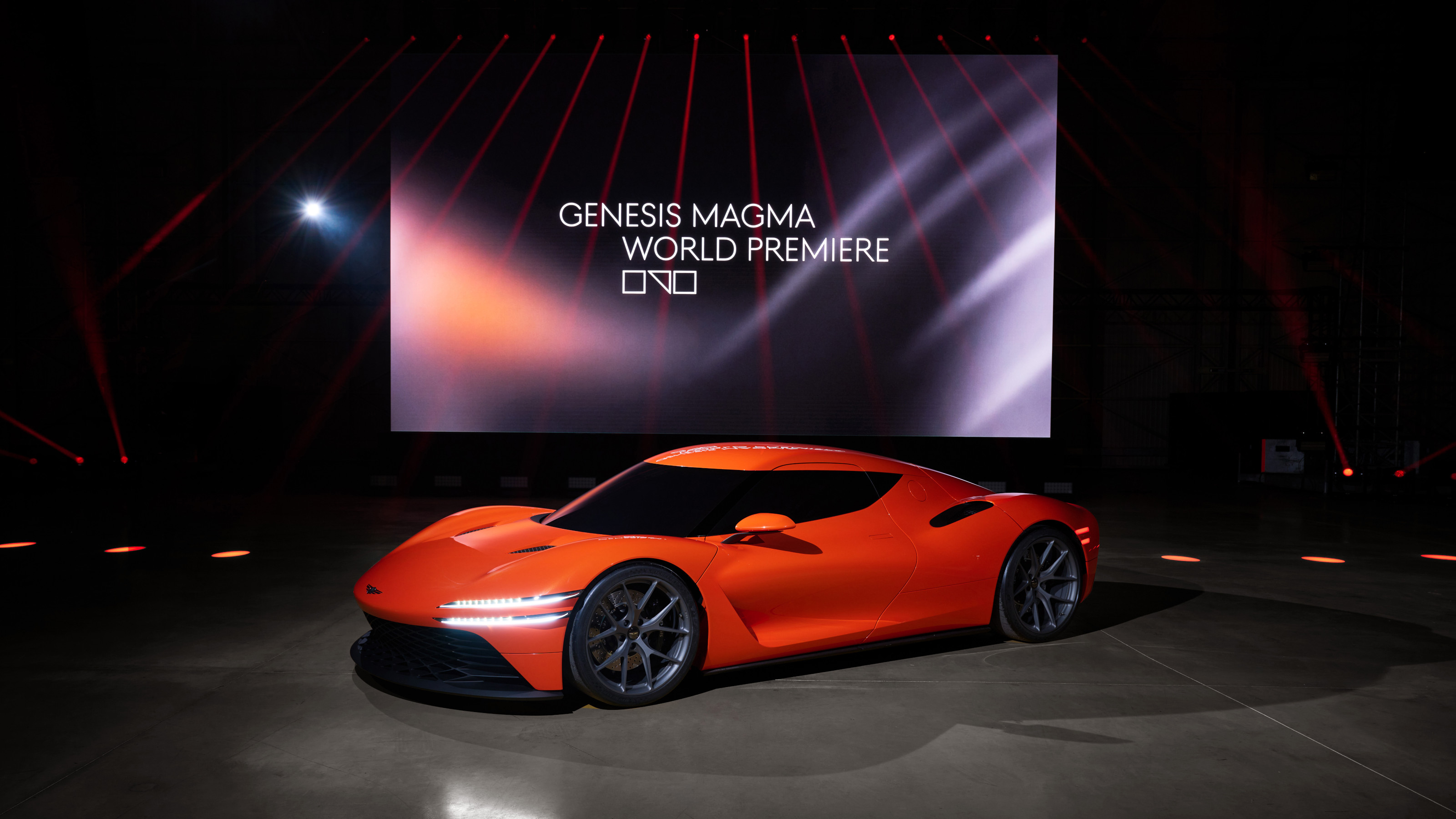 Genesis turns up the heat with its new Magma performance sub-brand
Genesis turns up the heat with its new Magma performance sub-brandGenesis has revealed the hot new GV60 Magma and striking Magma GT Concept in its quest to own luxury performance
-
 Around London in sybaritic silence with the majestic all-electric Lunaz Phantom V
Around London in sybaritic silence with the majestic all-electric Lunaz Phantom VClassic electrifier Lunaz has turned its skilled hands to the Rolls-Royce Phantom V. We sample the ultimate in zero-emission luxury on the streets of London
-
 The Eagle Lightweight GTR is a minimalist expression of racing car aesthetics
The Eagle Lightweight GTR is a minimalist expression of racing car aestheticsEagle E-Types is renowned for its stewardship of Jaguar’s iconic 1960s sports car. With this one-off Lightweight GTR version, the company has pushed its ethos to the limit
-
 Avatr Vision Xpectra concept transforms cars into ‘emotionally intelligent companions’
Avatr Vision Xpectra concept transforms cars into ‘emotionally intelligent companions’Revealed in Munich, electric car maker Avatr’s futuristic Vision Xpectra is a car that is not only beautiful, but a true form of ‘emotive luxury’